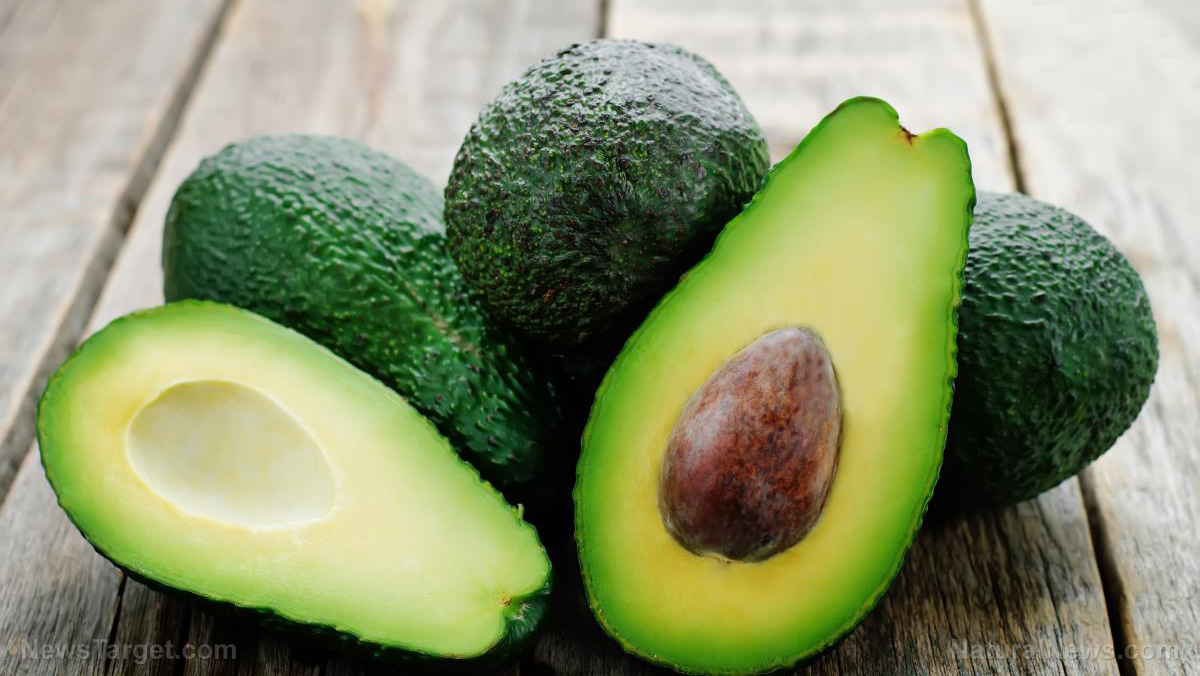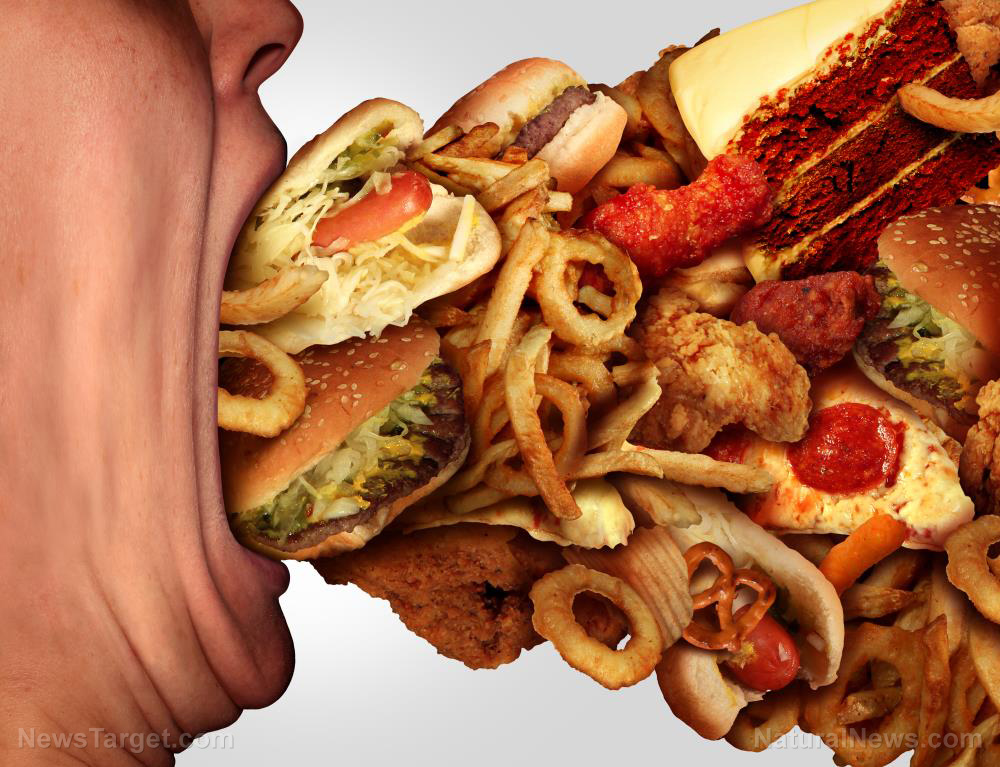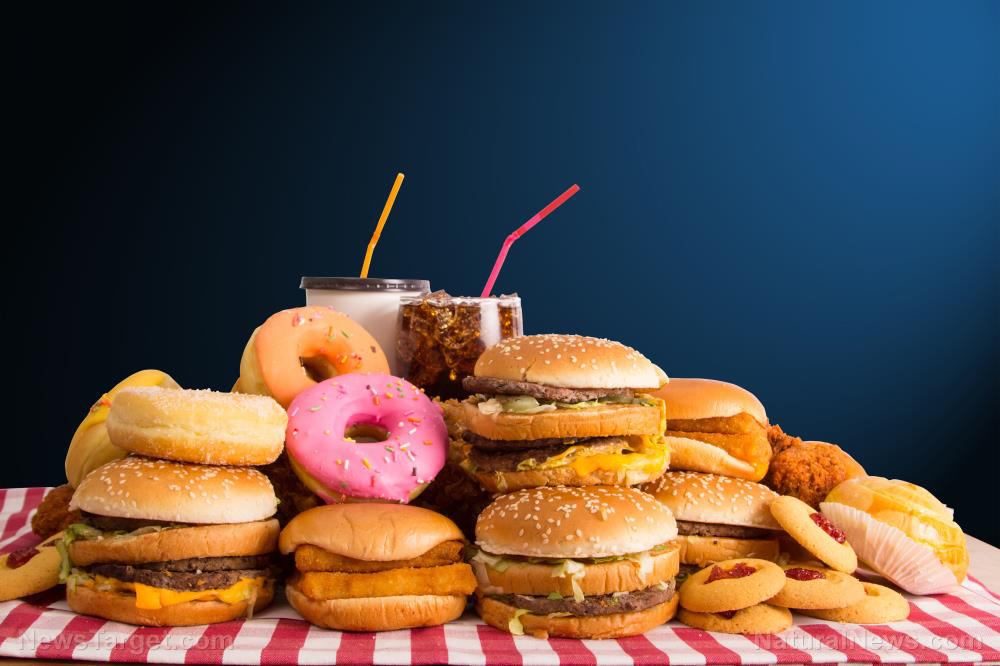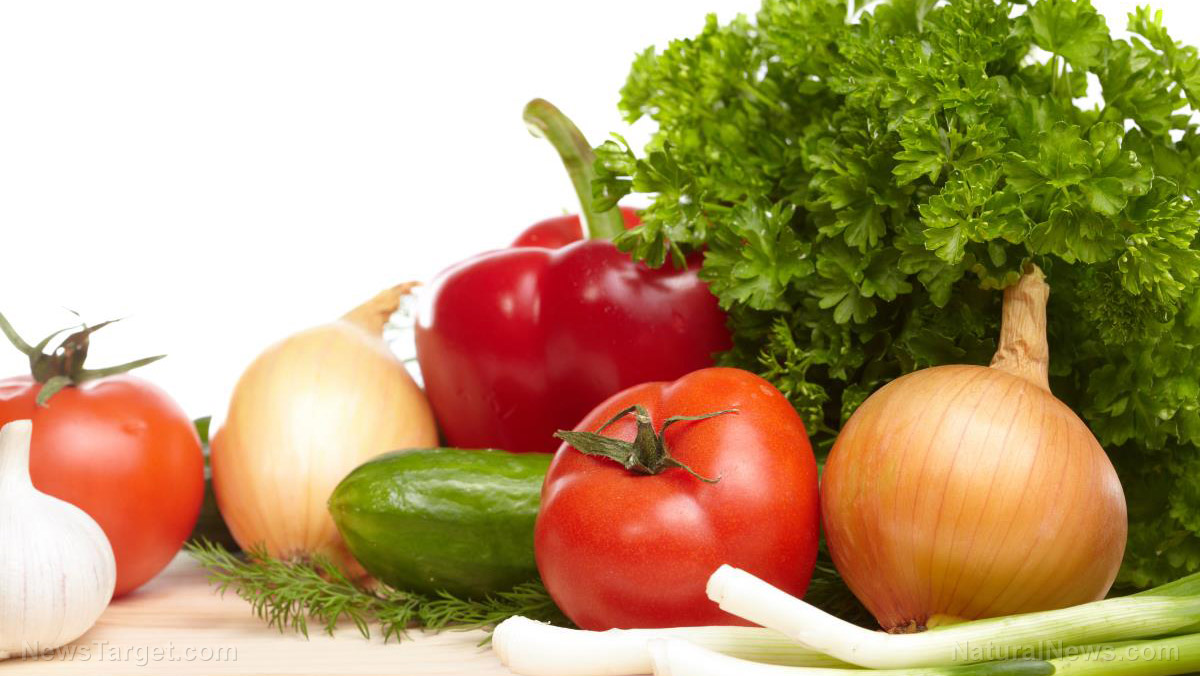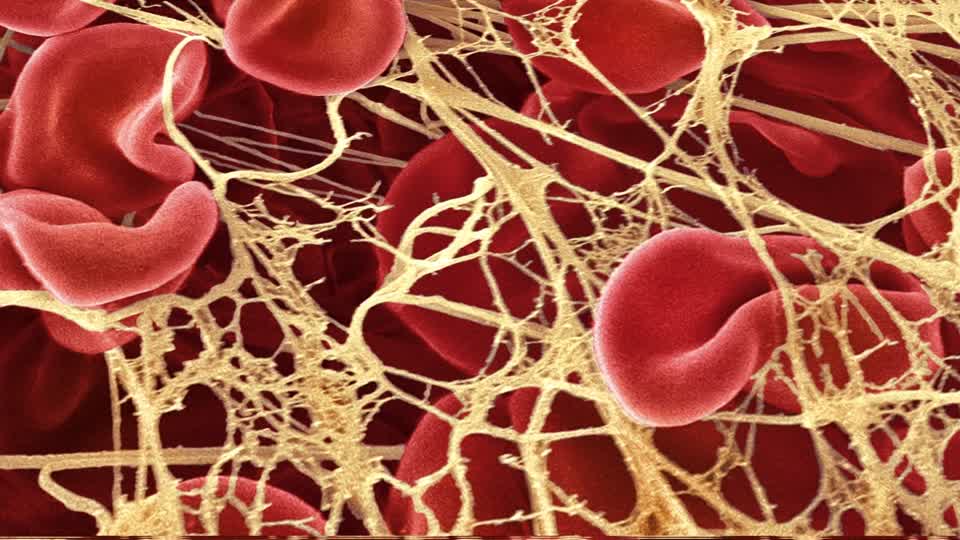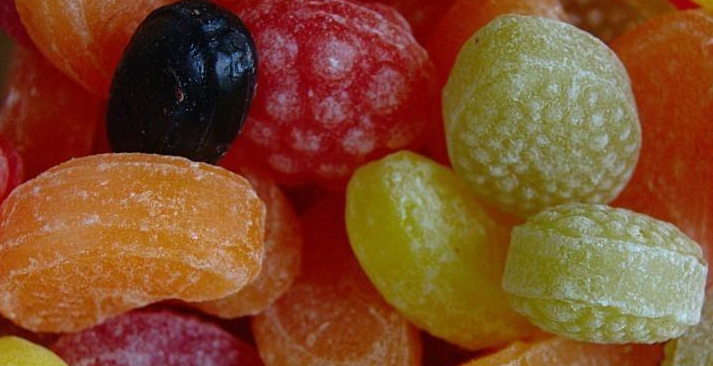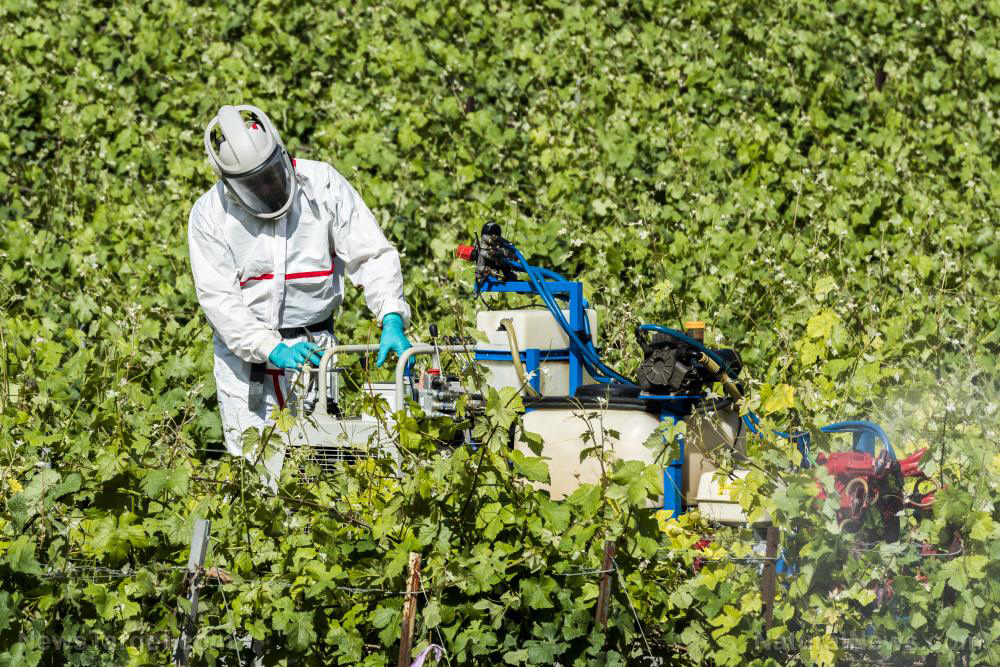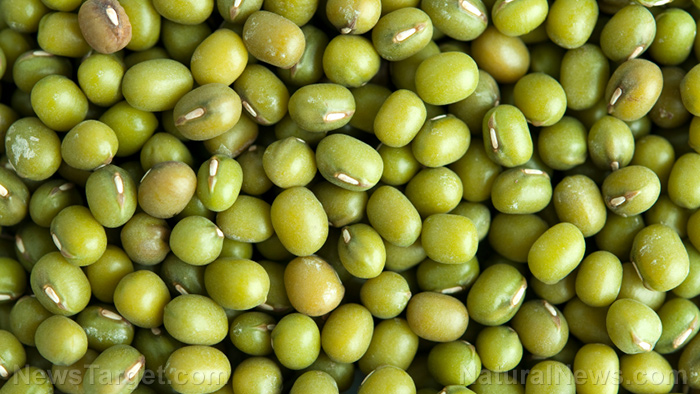Does stir-frying veggies destroy their nutrition? Not according to the latest scientific analysis
03/07/2018 / By Jessica Dolores

Remember when your mother told you to finish your vegetables and warned you against stir-frying your food to preserve its nutrients?
“It will destroy the healthy ingredients in vegetables that keep you strong,” she cautioned.
So you dutifully ate boiled or non-fried food, even if it meant enduring its bland taste.
Now that stir-fried food — the kind cooked in small amounts of hot oil — are becoming more popular, not only in China, where it is a way of life, but in other parts of the world, the question about nutrition has become a greater cause of concern.
A recent experimental study on the stir-frying of Chinese cabbage (Brassica rapa ssp. pekinensis) and pakchoi (Brassica rapa ssp. chinensis), however, proves that your mom need not have worried at all.
The experiment started with the purchase of Chinese cabbage and pakchoi from a greengrocer. Stems were cut and leaves chopped in one to two cm strips. Leaves were then divided into equal portions of 150 g each. Each part contained leaves from different vegetables. They were then immediately stir-fried for one to eight minutes with an electric frying pan set at 160, 200, 225 or 250 °C.
Pan temperature was lowered soon after the vegetables were added. After two minutes, it was increased while the vegetables were being stir-fried. This is why average temperature while stir-frying was a lot less compared to the time the vegetables weren’t subject to any cooking procedure.
These were then frozen in liquid nitrogen and submitted for GS (Glucosinolates) analysis.
Glucosinolates are as health-friendly as can be. They’re not only brimming with life-giving vitamins, minerals and fiber. They also prevent serious illnesses like certain types of cancer.
In fact, a 2009 analysis by the National Cancer Institute based on 31 studies showed a link between high vegetable consumption and decreased lung cancer risk by 17 to 23 percent.
Good news
The results of the stir-frying study brought good news.
Total GS content in Chinese cabbage after one minute of stir-frying rose by 30 to 100 percent. Popping the cabbage into the microwave, boiling the cauliflower and steaming broccoli were also seen as likely causes of increased GS content.
A lot of the good results has something to do with how the study was conducted.
The pan surface was at the set temperature before adding the vegetables. The temperature dropped within a minute after the leafy greens were dropped on the pan. After two minutes, the surface temperature rose again. In other words, pan temperature dropped when the vegetables were added, and rose while they were being stir-fried. (Related: You already know superfoods are full of nutrients – but do you know how to prepare those foods for maximum nutrient bioavailability?)
Meanwhile, heating pakchoi at 160 and 200 °C also increased GS content. Total GS content, however, did not change much.
It turns out that the rise in the vegetables’ GS content is due to a combination of factors. One is the absence of water while cooking retained GS content. Water can break down the enzymes that provide health benefits. Another is the short stir-frying period which prevented the GS content in vegetables from breaking down. Too much heat, after all, can destroy the healthy ingredients that make vegetables such great sources of nutrition.
So go ahead. Stir-fry your vegetables. But don’t leave them unattended. Keep the stir frying time short.
This way, you enjoy the many benefits these leafy greens can give to your health.
In this stressful world, the nutritious add-ons you get can spell the difference between having enough energy to see you through the day, or walking around like a zombie at work or in school.
Follow more food findings at Food.news.
Sources include:
Tagged Under: #nutrition, cooking, cooking vegetables, food preparation, Fresh, fresh food, ingredients, raw food, stir frying, vegetables, Veggies




